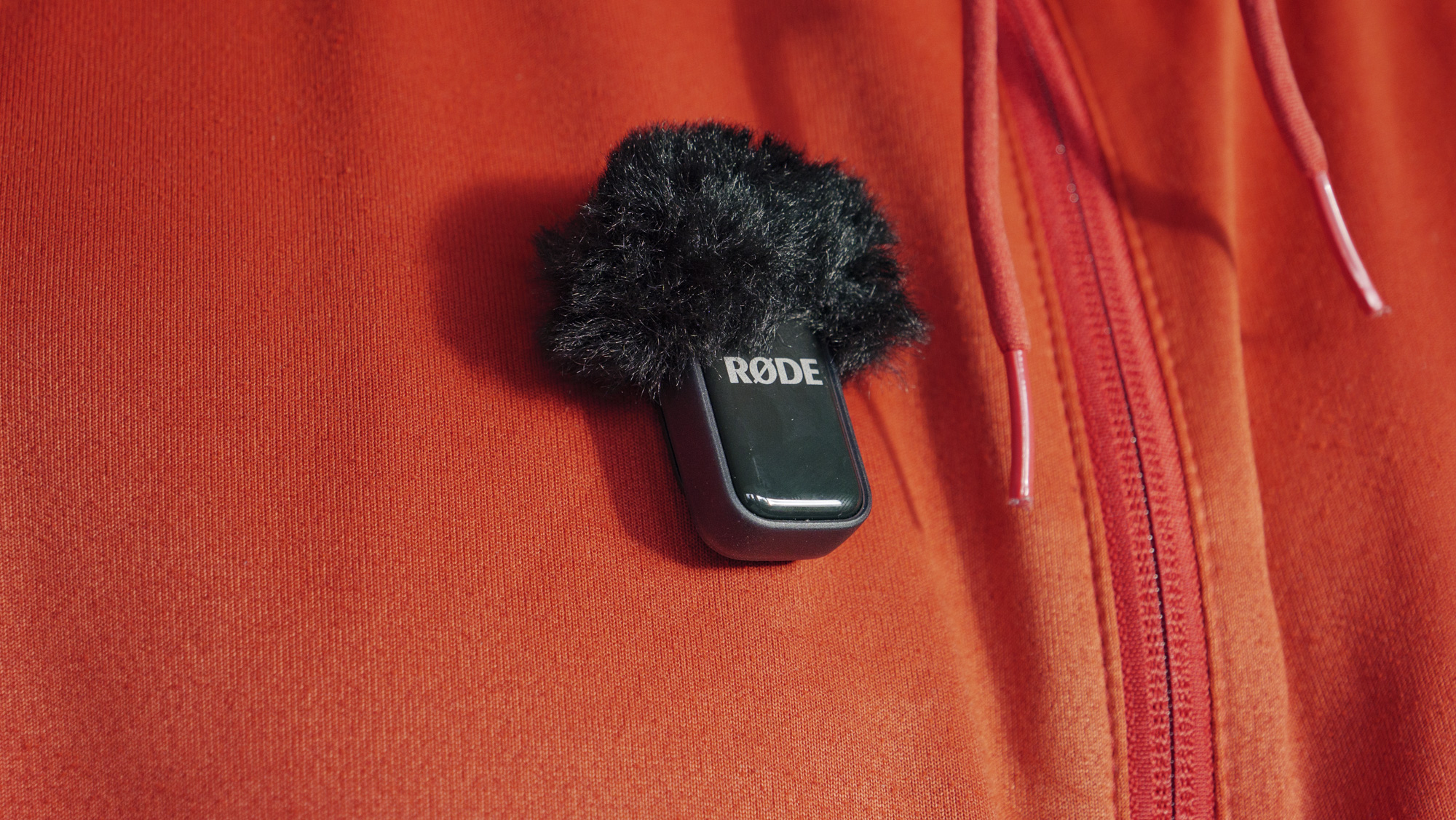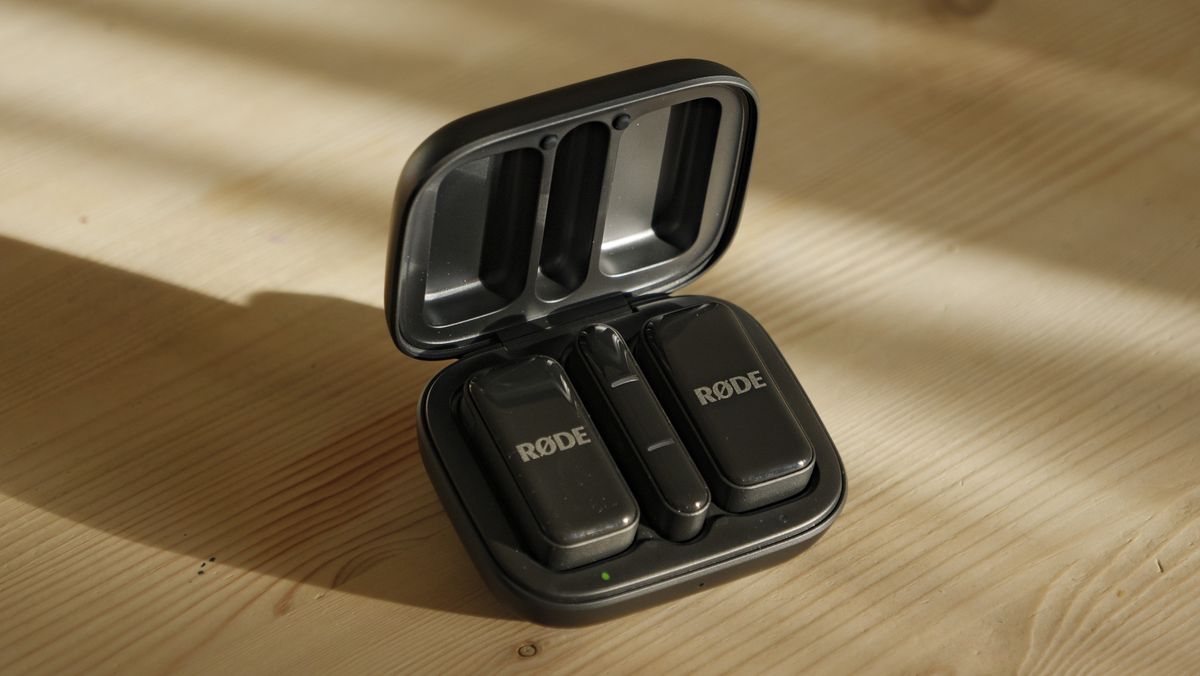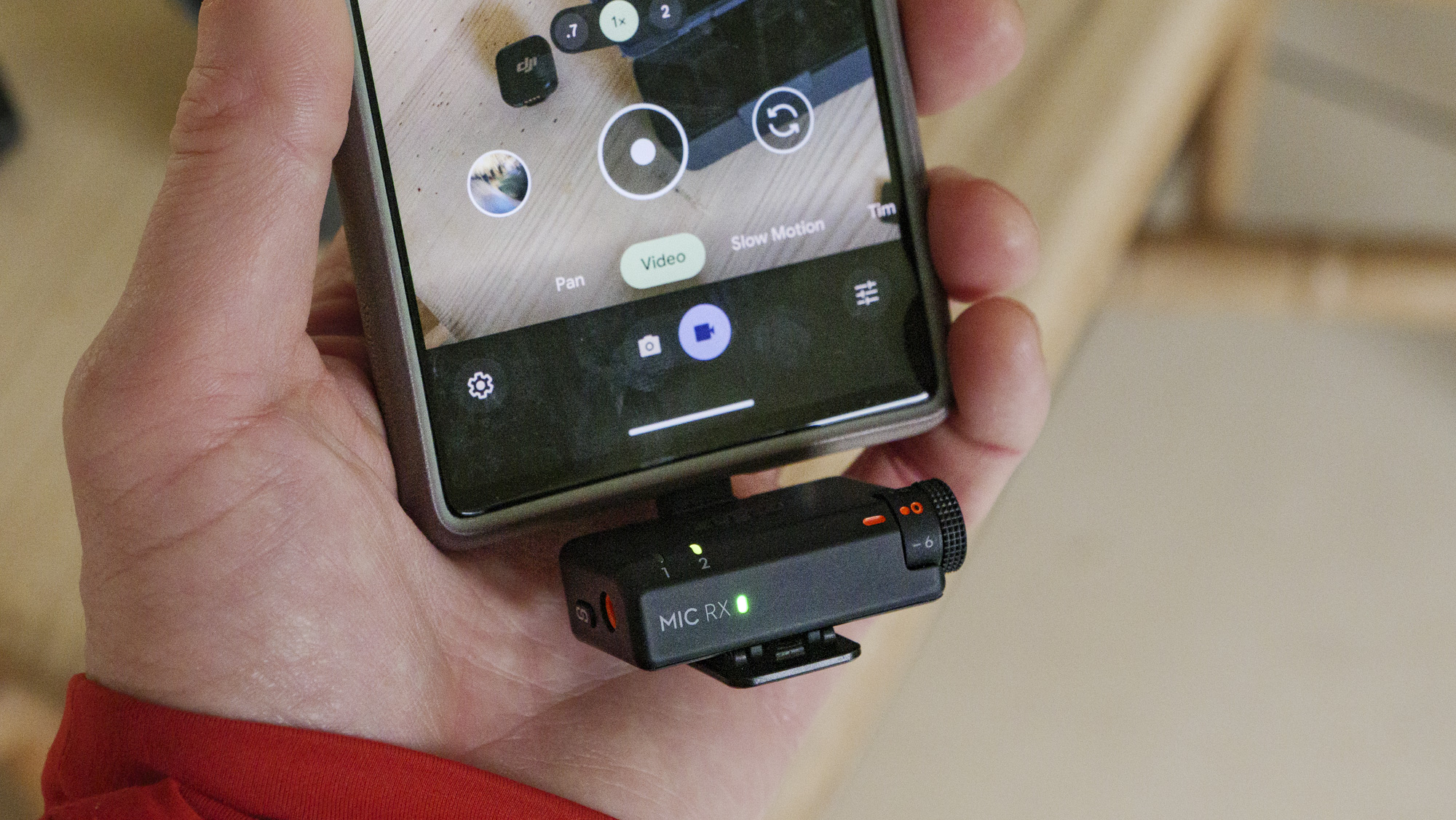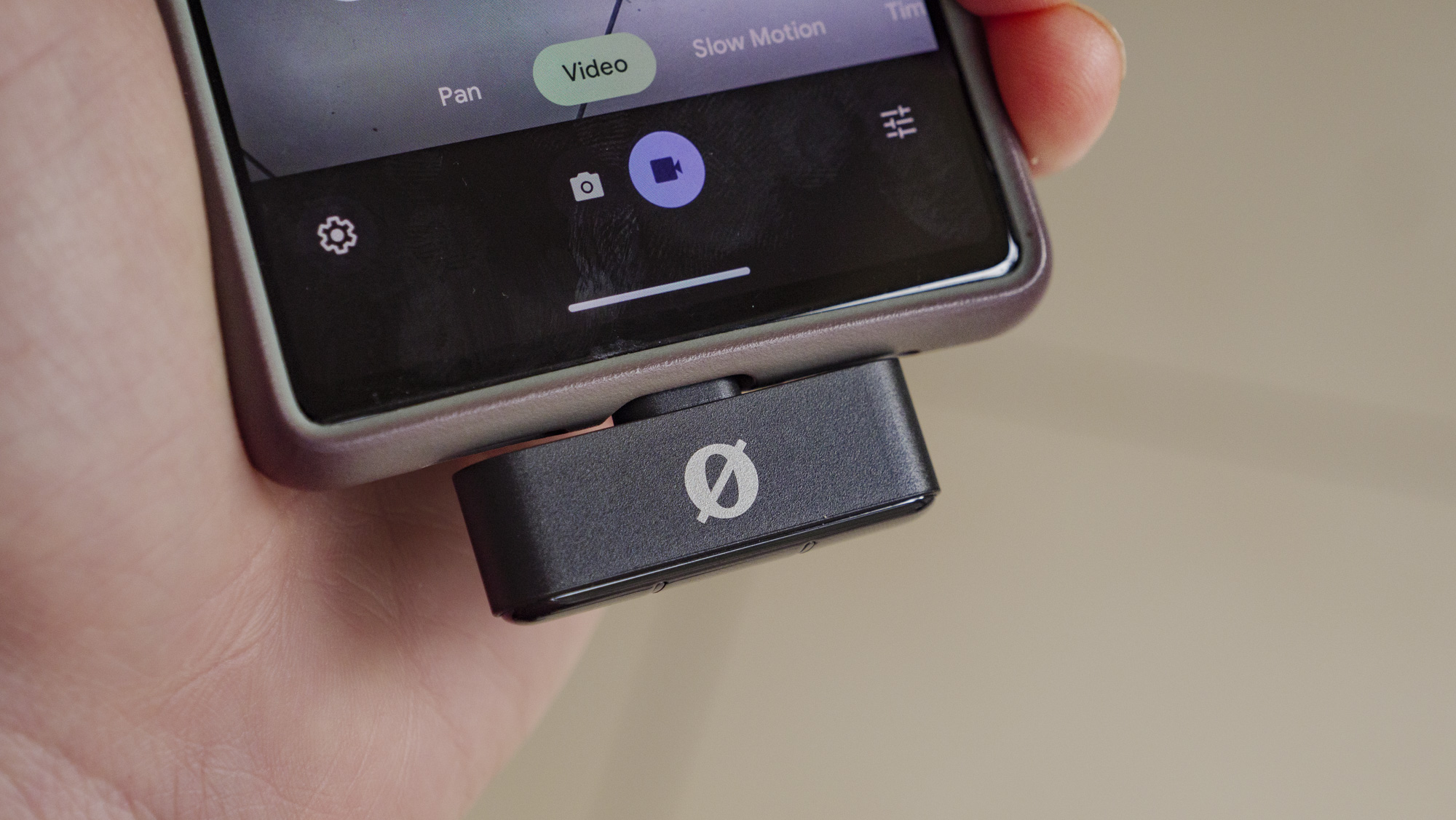I merely just lately reviewed the DJI Mic Mini and Rode Wi-fi Micro – each are very good top of the range wi-fi mics for content material materials supplies creation, designed to be terribly simple for capturing elevated audio with smartphones.
I would advocate every normally, nonetheless as soon as I had been to determine on one for myself, it may probably be the teeny tiny DJI Mic Mini, no query. Regular, it is a extra versatile little little bit of equipment for smartphones and cameras, with dependable connectivity by the use of its receiver or Bluetooth, and the worth distinction between the 2 kits is negligible.
In case you shoot with DJI cameras such because of the Osmo Pocket 3 or Osmo Motion 5 Expert, it is a good simpler selection on account of those cameras attribute built-in receivers for streamlined pairing with DJI’s mics, together with the pricier DJI Mic 2 – our digicam instruments product of the yr.
What’s extra, you should purchase Mic Mini parts individually, which suggests it may probably stop your self a packet merely deciding on up a mic for these DJI cameras, fairly than the whole instruments with receiver.
All that talked about, extra of us shoot video merely with smartphones, and for these of us the less complicated Rode Wi-fi Micro takes the DJI out with a knock-out punch.

The worthwhile one-trick pony
DJI’s Mic Mini works for cameras and smartphones, whereas the Rode Wi-fi Micro is only for smartphones. I shoot with each so the selection is obvious. Nonetheless for smartphone-only creators, I actually really feel Rode’s mic makes extra sense.
Prime-of-the-line methodology to attach the mics collectively collectively together with your cellphone is thru a receiver. That is the solely methodology for Rode’s mic, and the receiver slots neatly all by the underside of your cellphone, related to your USB-C (or Lightning) charging port (see gallery beneath). It is slim and it is simple too – there shouldn’t any controls on it or the mics in anyway.
You plug the receiver into your cellphone, alter to the on-screen prompts (which can embrace choosing the wired mic choice in favor of your cellphone’s built-in mic contained in the digicam app menu) and likewise you’re up and dealing in seconds. The entire objects is automated.
The Mic Mini’s receiver is bulkier. Each time I used it with a cellphone, I used to be involved I might snap it off – it stands proud, it is barely awkward, and a bigger match with cameras, like into the hotshoe / coldshoe port. DJI’s providing has one totally different trick up its sleeve although that bypasses the receiver.
You probably can too be a part of the DJI Mic Mini to your cellphone utilizing Bluetooth, which suggests no receiver in anyway. Nonetheless, I may not notion a Bluetooth connection for video recording inside the equal method that I might a purpose-made receiver, and audio top of the range drops from 24-bit depth to 16-bit depth when utilizing Bluetooth as an alternative of the receiver.
Bluetooth connectivity is okay at a pinch and nonetheless beats the audio top of the range of your cellphone’s built-in mics, even while you’re armed with voice enhanced audio, just like you get with the most recent Google Pixel handsets.
The Mic Mini furthermore has quite a few handbook controls to play with. There is a one-push noise low value mode, plus ±12db audio stage administration on the receiver. These are good gadgets to have, however for cellphone prospects I actually really feel Rode’s less complicated method – an computerized ‘Clever GainAssist know-how’ – as quickly as further makes extra sense.
And so whereas the DJI Mic Mini outstrips the Rode Wi-fi Micro in most methods, it is the Rode mic’s outright simplicity that wins by means of for smartphone creators. I merely hope Rode makes the Wi-fi Micro parts in the marketplace individually ultimately – only a few of us may save only a few cents that method, considerably if substitute components are wished.


